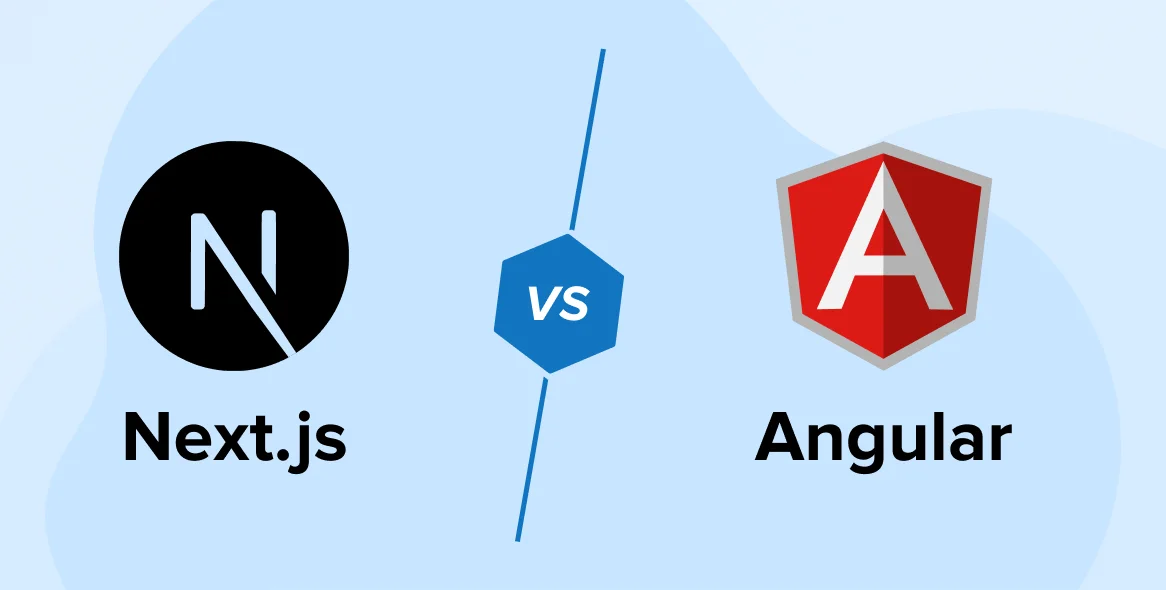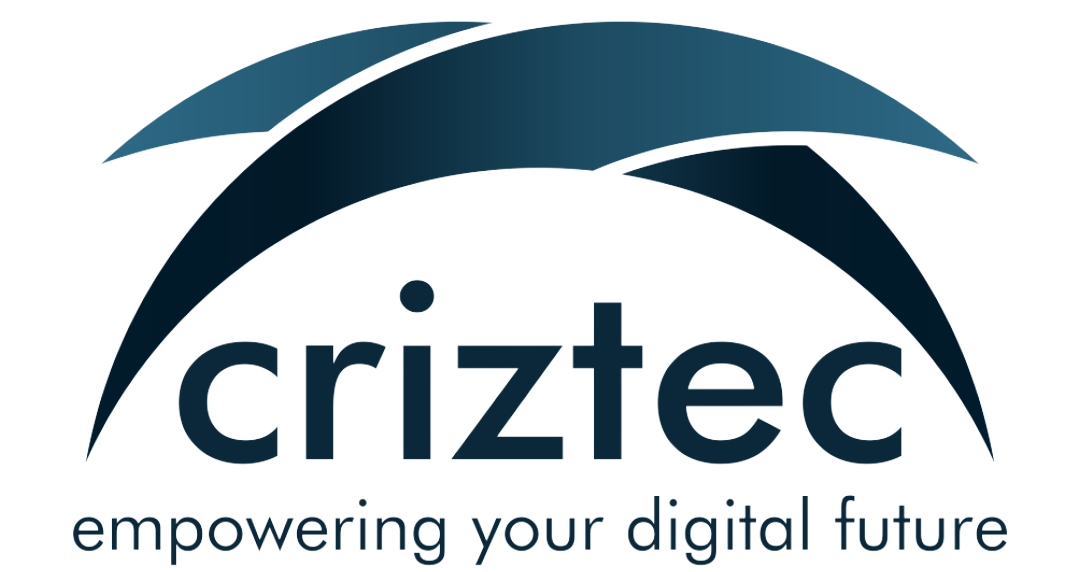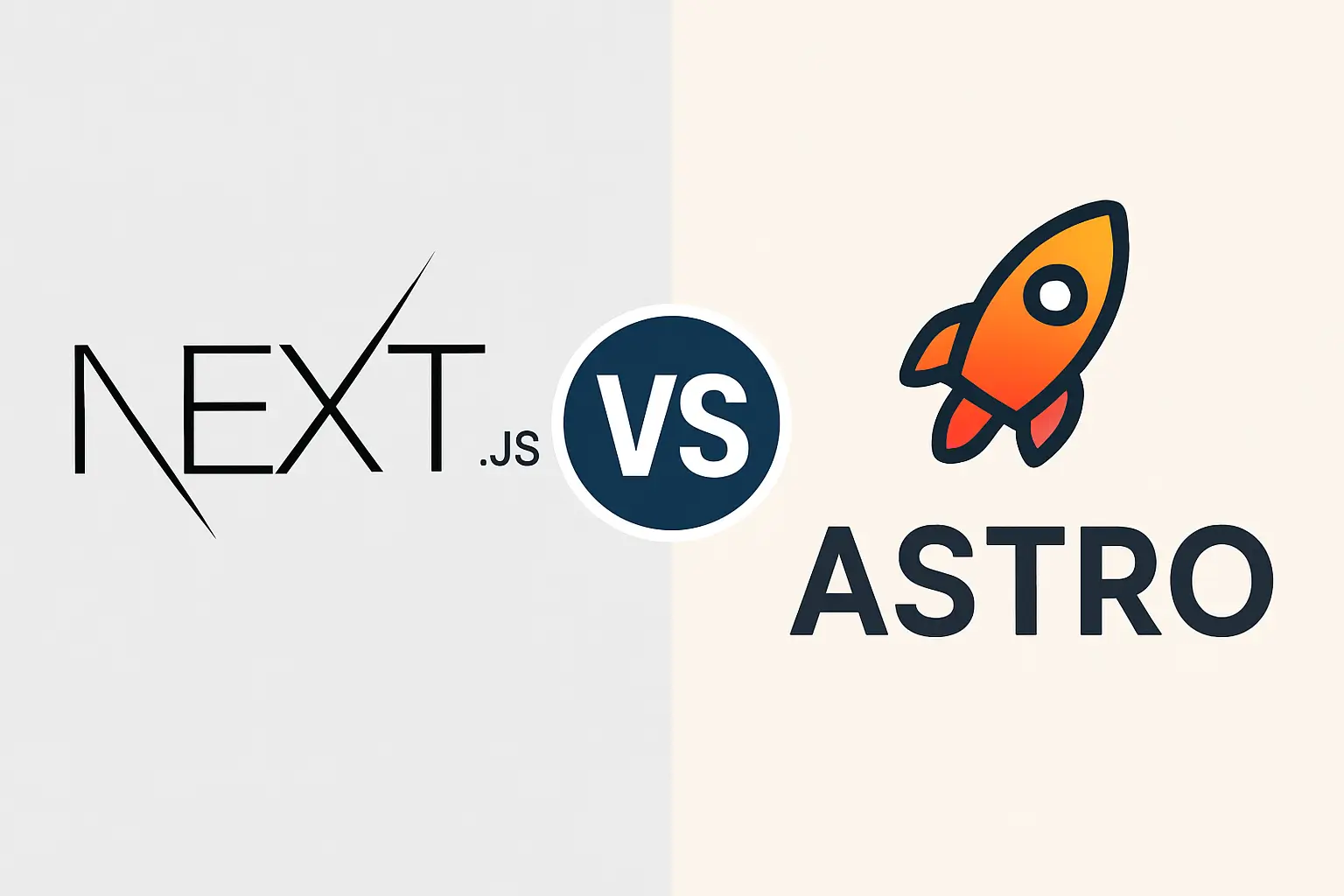· 5 min read
Next.js vs Angular: Complete Framework Comparison Guide 2025

Next.js vs Angular: The Ultimate Framework Comparison for Modern Web Development
Introduction
Choosing the right framework is crucial for web development success. Next.js and Angular represent two powerful but fundamentally different approaches to building modern web applications. This comprehensive guide examines every aspect to help you make an informed decision.
Framework Overview
Next.js (v16.x)
Next.js is a React-based framework that provides server-side rendering, static site generation, and full-stack capabilities out of the box. Built by Vercel, it focuses on developer experience and performance optimization. The latest v16 features enhanced React Server Components, improved App Router performance, advanced caching strategies, and better TypeScript integration.
Angular (v20.x)
Angular is a comprehensive TypeScript-based framework developed by Google. It’s a complete platform for building large-scale applications with built-in tools for routing, forms, HTTP client, and testing. Angular v20 has matured standalone components, refined signals implementation, improved hydration, and enhanced developer tooling with better performance optimizations.
Architecture & Philosophy
Next.js Architecture
- React 19+ based: Built on the latest React with enhanced concurrent features
- App Router (stable): Mature routing with optimized React Server Components
- Advanced rendering: SSR, SSG, ISR, and partial prerendering (PPR)
- Server Actions: Streamlined full-stack data mutations
- Turbopack: Next-generation bundler for faster development
Angular Architecture
- Standalone-first: NgModules now optional, standalone components as default
- Signals (stable): Mature reactive programming with fine-grained reactivity
- Zoneless change detection: Optional Zone.js-free applications
- Modern control flow: Enhanced @if, @for, @switch with better performance
- Hybrid rendering: Client-side, SSR, and static generation flexibility
Performance Comparison
Next.js Performance
- Partial Prerendering (PPR): Static and dynamic content in single page
- Turbopack: 10x faster than Webpack for development builds
- React Server Components: Mature implementation with better streaming
- Advanced caching: Multi-layer caching with fine-grained control
- Edge runtime: Enhanced edge computing with better cold start performance
Angular Performance
- Zoneless applications: Optional Zone.js removal for better performance
- Signals-based reactivity: Mature implementation with optimal change detection
- Hydration improvements: Non-destructive hydration for better UX
- Bundle optimization: Advanced tree-shaking with standalone components
- Material 3 Design: Modern UI components with better performance
Developer Experience
Next.js DX
// App Router with PPR (app/page.tsx)
export default async function Home() {
const staticData = await getStaticData(); // Prerendered
return (
<div>
<h1>{staticData.title}</h1>
<Suspense fallback={<Loading />}>
<DynamicContent /> {/* Rendered on demand */}
</Suspense>
</div>
);
}
// Server Action with enhanced type safety
export async function createPost(formData: FormData) {
'use server'
const result = await db.post.create({
data: { title: formData.get('title') as string }
});
revalidatePath('/posts');
return result;
}Pros:
- Turbopack for lightning-fast development
- Enhanced TypeScript integration
- Improved debugging with better error messages
- Advanced caching strategies
- Streamlined deployment pipeline
Angular DX
// Standalone component with signals (Angular 20)
@Component({
selector: 'app-home',
standalone: true,
imports: [CommonModule],
template: `
@if (loading()) {
<app-spinner />
} @else {
<h1>{{ title() }}</h1>
@for (item of items(); track item.id) {
<app-item [data]="item" />
}
}
`,
})
export class HomeComponent {
title = signal('Welcome to Angular 20');
loading = signal(false);
items = signal<Item[]>([]);
private apiService = inject(ApiService);
}Pros:
- Mature Angular CLI with enhanced generators
- Zoneless change detection option
- Advanced debugging tools
- Built-in testing with improved performance
- Enhanced IDE support with better intellisense
SEO Capabilities
Next.js SEO
- Metadata API (enhanced): Advanced meta tag management with dynamic generation
- Partial Prerendering: Static SEO content with dynamic interactivity
- Enhanced sitemap generation: Automatic XML sitemaps with better customization
- Structured data support: Built-in JSON-LD and schema.org integration
- Core Web Vitals optimization: Automatic performance optimizations
Angular SEO
- Angular SSR (stable): Production-ready server-side rendering
- Enhanced hydration: Non-destructive hydration for better SEO
- Meta services: Advanced meta tag and structured data management
- Prerendering improvements: Better static generation with Angular CLI
- Search engine optimization: Built-in tools for SEO best practices
Learning Curve
Next.js Learning Path
- React 19+ fundamentals and concurrent features
- App Router and Partial Prerendering (PPR)
- Server Components and Server Actions mastery
- Turbopack and advanced build optimization
- Edge runtime and deployment strategies
Difficulty: Moderate to Advanced (React knowledge helps, but PPR and advanced caching add complexity)
Angular Learning Path
- TypeScript and modern JavaScript features
- Standalone components and signals architecture
- Zoneless change detection patterns
- Advanced dependency injection and services
- Angular CLI mastery and modern tooling
- RxJS integration with signals
Difficulty: Steep initially, but signals and standalone components reduce complexity over time
Use Cases
When to Choose Next.js
- E-commerce sites: Fast loading, SEO-optimized
- Marketing websites: Static generation benefits
- Blogs and content sites: Excellent SSG support
- Startups: Quick development and deployment
When to Choose Angular
- Enterprise applications: Scalable architecture
- Complex dashboards: Rich component ecosystem
- Large teams: Structured development approach
- Long-term projects: Stable, well-maintained framework
Community & Ecosystem
Next.js Ecosystem
- GitHub Stars: 130k+
- NPM Downloads: 7M+ weekly
- Community: Rapidly expanding with strong enterprise adoption
- Third-party libraries: Massive React ecosystem + Next.js specific tooling
- Corporate adoption: Netflix, TikTok, Hulu, Twitch, and major enterprises
Angular Ecosystem
- GitHub Stars: 98k+
- NPM Downloads: 4M+ weekly
- Community: Mature enterprise-focused community
- Third-party libraries: Rich Angular-specific ecosystem with enterprise solutions
- Corporate adoption: Google, Microsoft, Deutsche Bank, Samsung, IBM
Bundle Size & Performance Metrics
Next.js (v16.x)
- Minimal bundle: ~75KB gzipped (with React 19 optimizations)
- Partial Prerendering: Dramatically reduced Time to Interactive
- Turbopack development: 10x faster build times
- Core Web Vitals: Consistently excellent scores (95+)
- First Contentful Paint: <1.2s average with PPR
Angular (v20.x)
- Minimal bundle: ~95KB gzipped (standalone + signals optimized)
- Zoneless runtime: 20-30% smaller bundles when Zone.js is omitted
- Hydration performance: Non-destructive hydration reduces CLS
- Tree-shaking: Advanced dead code elimination
- Signals optimization: More efficient change detection and smaller bundles
Deployment & Hosting
Next.js Deployment
- Vercel: Native platform with zero-config deployment
- Netlify: Excellent support with edge functions
- AWS/Azure/GCP: Multiple cloud deployment options
- Docker: Containerization with optimized images
- Edge deployment: Global edge network support
Angular Deployment
- Firebase: Google’s platform with Angular-specific optimizations
- Netlify: Good support for Angular Universal
- Traditional hosting: Easy static deployment
- Docker: Enterprise containerization support
- Cloud platforms: Azure, AWS, GCP support
Migration Considerations
Migrating to Next.js
- From React: Relatively straightforward
- From Angular: Significant refactoring required
- From Vue: Moderate difficulty
Migrating to Angular
- From AngularJS: Clear upgrade path
- From React: Complete rewrite needed
- Framework stability: Long-term support versions
Conclusion
Choose Next.js 16+ if you:
- Need cutting-edge React features with Partial Prerendering
- Prioritize maximum performance and Core Web Vitals scores
- Want Turbopack’s lightning-fast development experience
- Building modern web applications with server-first architecture
- Prefer the React ecosystem and want full-stack capabilities
Choose Angular 20+ if you:
- Building large-scale enterprise applications
- Need mature, stable framework with long-term support
- Want signals-based reactive programming with optional zoneless mode
- Have teams that benefit from opinionated structure and tooling
- Require comprehensive built-in solutions and Google backing
Both frameworks have reached impressive maturity in 2025. Next.js 16 has revolutionized performance with Partial Prerendering and Turbopack, while Angular 20 has refined its developer experience with stable signals and optional zoneless change detection. The choice now depends more on architectural philosophy and team preferences than performance gaps.




